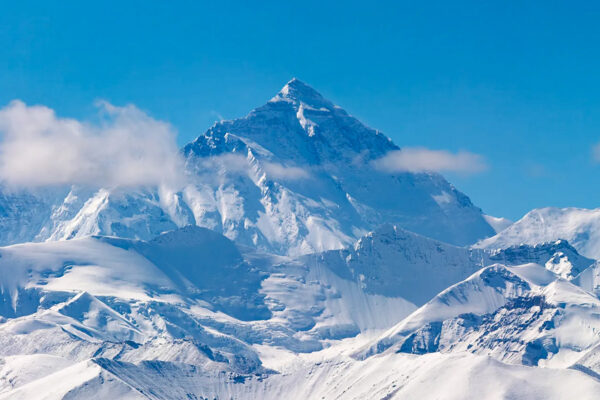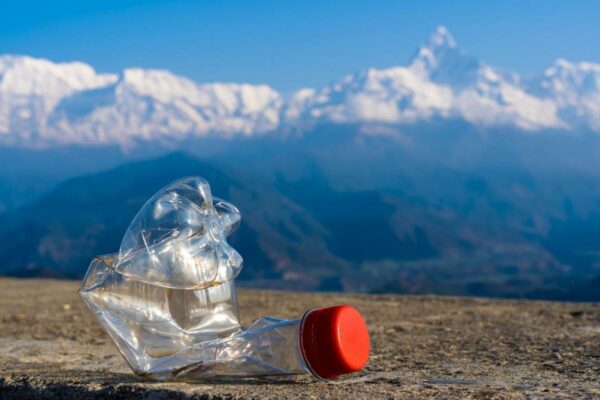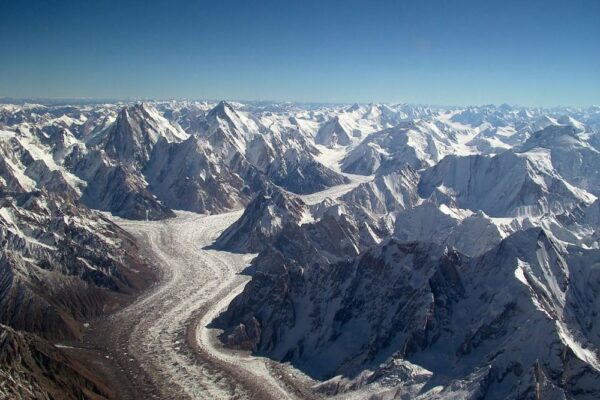Himalayan Skeleton Lake Mystery Busted: Remains of Varied Ethnicities Found at Roopkund Lake
The Himalayan region is home to mysteries and one of them is the Roopkund Lake or as it is widely known, Skeleton Lake. Situated at a high altitude of 5000m from the sea level in Uttarakhand, this lake is a hollow water body that contains skeletons in and around it.
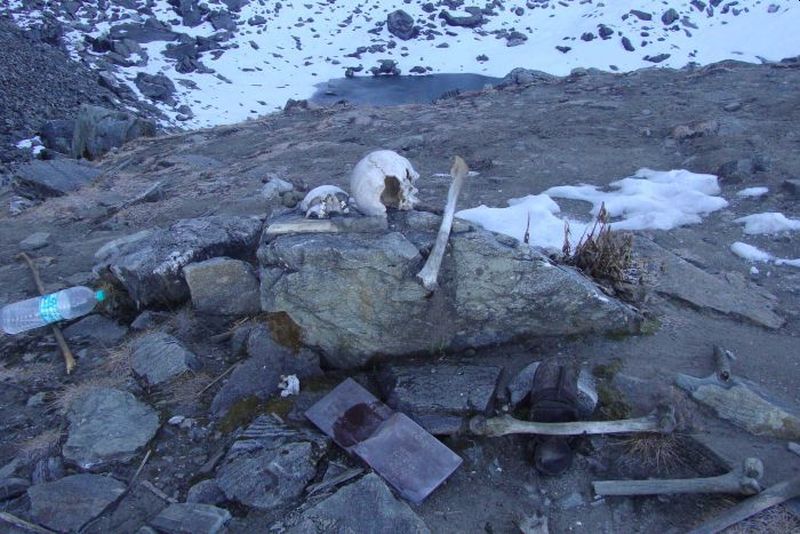
Skeletons at Roopkund lake / Image: ABC
The archeologists from around the world have been researching the origin of these skeletons for many years now. There are many questions waiting for the accurate answer, as to who were these people? When and what were they doing in this region? And how did they die?
According to the local folklore, these skeletons belong to a group of pilgrims going to the shrine of mountain goddess, Nanda Devi. The pilgrimage was undertaken by a king and queen and their servants, who were struck by an angry goddess at their celebratory behavior during the sacred journey.
Earlier it was assumed that they all died in a single catastrophic event. Some believed that the remains belong to an army or traders caught in a blizzard or they must have died in an epidemic.
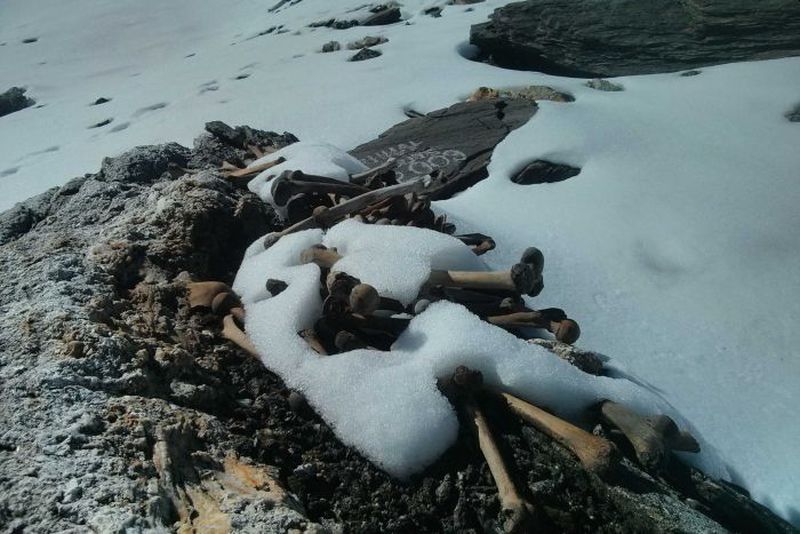
Earliest samples dated back to thousands of years / Image: ABC
However, the decade long researches have revealed that these skeletal remains belong to people from different origins and are separated by almost a thousand years. The research published in Nature Communications revealed that a series of bioarcheological analysis show the skeletal remains to be of three genetically distinct groups, from two different time periods set apart by approximately 1,000 years.
The researchers studied DNA of 38 skeletons from Roopkund Lake; 23 individuals have ancestry that belongs to the present day south-Asian region, 14 individuals have ancestry most similar to the eastern Mediterranean region – specifically present-day Crete and Greece, one of these 38 individuals has been identified with the southeast Asian ancestry.
Not only these remains belong to people from different origins but radiocarbon dating also indicates that they were deposited in this region over a long course of time. The earliest samples from Skeleton Lake date back to around 800 CE with the south Asian ancestry, whereas the latest specimens belong to Mediterranean ancestry and are two or three centuries old.
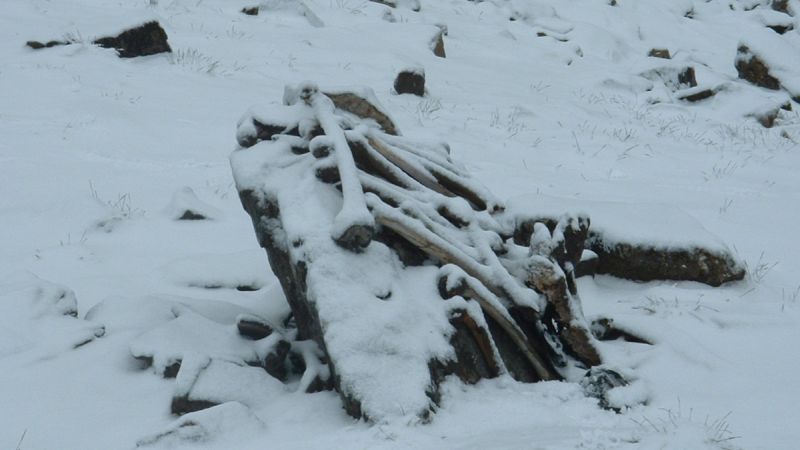
Cold weather of the region preserved the samples for years / Image: History
Where it’s likely that the south-Asian individuals might have died during a pilgrimage, a new mystery regarding the Mediterranean samples being there remains unsolved. It is unlikely that people from that region were going on a pilgrimage in this area, given the distinct religious beliefs and deities.
Roopkund Lake is cold enough to have preserved these skeletal samples in otherwise a hot subcontinent. While the questions that this mysterious lake posed in front of the world still remain unsolved, the researchers are hoping to unveil the truth with future studies on specimens found in and around this lake.
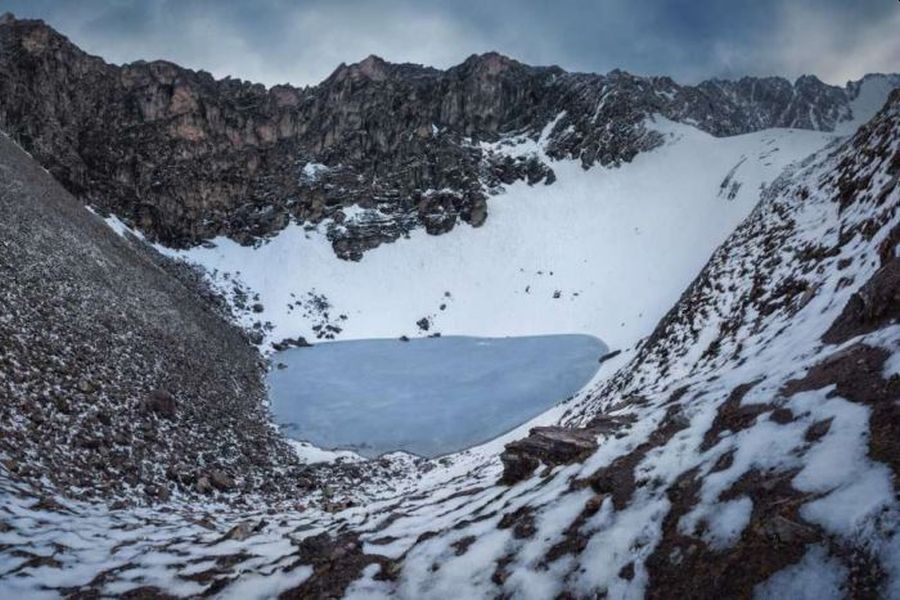
Mystery Busted / Image: ABC
Via: ABC
